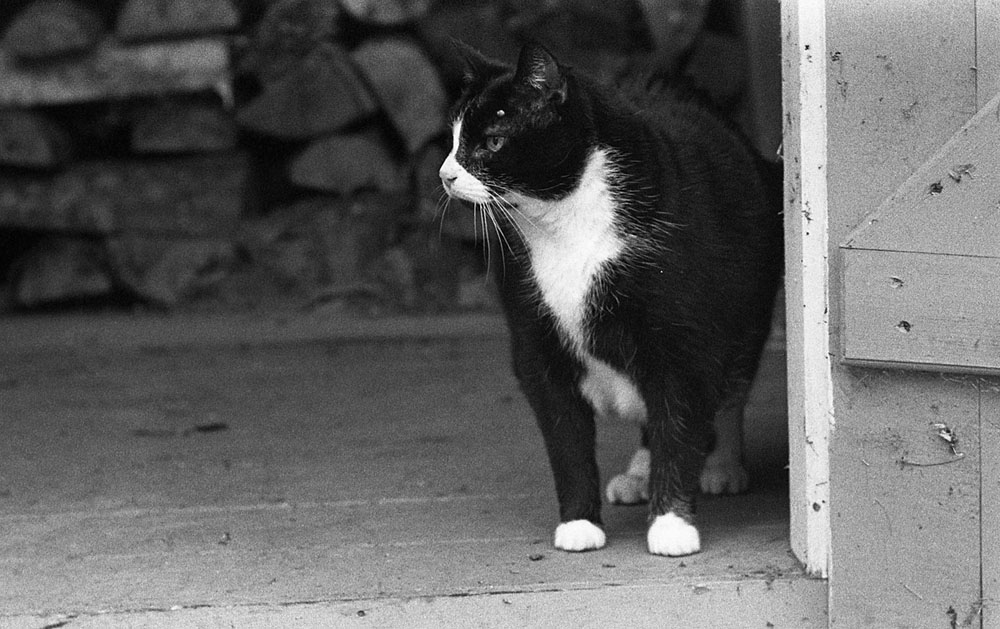So how does one decide to go back to 1864 and learn an obscure (at the time) hand made printing process that so few photographers practice?
I have always been a person who is curious. As a large and ultra large format photographer and camera builder (that is a whole story in itself) I decided that contact printing was the way to go for my work. I printed silver gelatin and silver chloride with Azo for years and when I built my first camera, my 8×20, my friends said I was now a Platinum printer! Hell I had two of my sons at the finest universities in California. Stanford and USC are not cheap and there was no way in hell I had money left to by “noble metals.”
I was reading some posts on the large format forum, image posts I think, and I happened on an image that just floored me. It was a carbon transfer print. Knowing that Google is your friend I found everything I could read about the process. It wasn’t until I met Vaughn Hutchins, the one who posted the image, that my life changed forever.
I sent a message to Vaughn and told him I’d love to see a carbon print. He was in a show in Yosemite called “The Yosemite Renaissance” and we decided to meet. I will never forget sitting on the steps of the Ansel Adams gallery next to Vaughn as he showed me print after print. I was speechless. I think he asked if I was okay? I told him that the images he showed me were the type of images I had seen in my mind for a long long time. It was how I had to present my work. At that moment, my life was changed. I was a carbon printer. That was thirteen years ago and I have done nothing but print carbon ever since.
I owe a lot to my good friend Vaughn Hutchins for his inspiration, friendship and love of traditional carbon printing from our film negatives.
I now co-instruct the carbon workshop with Vaughn at the Ansel Adams Gallery through their workshop programs. I have come full circle and I am fortunate to have found my true voice for my work through carbon printing. The process is not for the faint at heart, for it is very time consuming but so so rewarding. My journey is still evolving and it is so much fun!
Jim Fitzgerald

